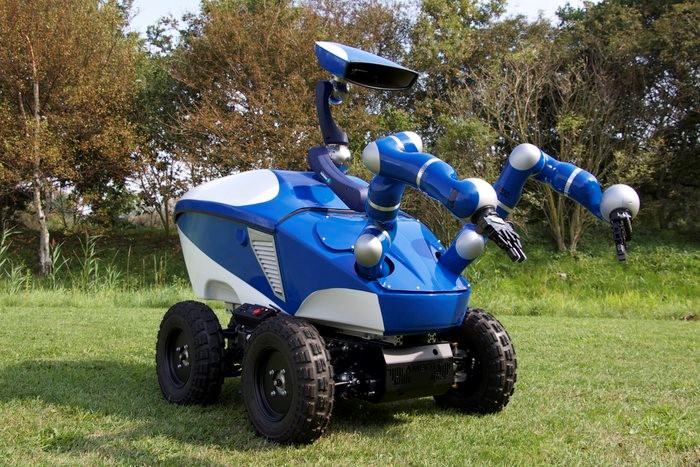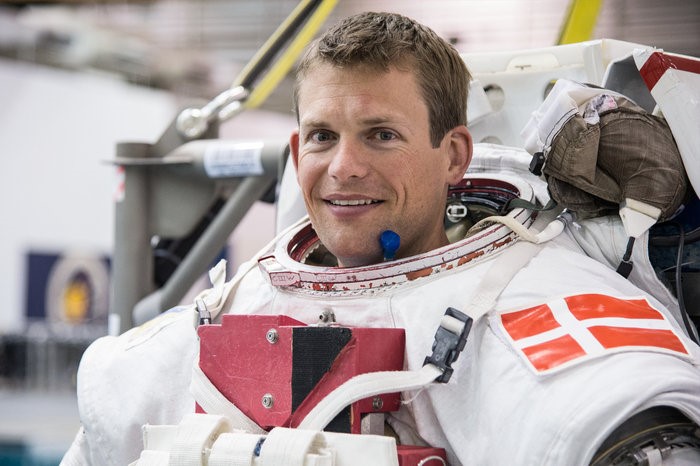
We’re still years behind realizing the dream of establishing a Martian frontier, with the most liberal estimates forecasting another 20 years before humankind finally sets foot on the Red Planet. In the meantime, we’ve had to settle with exploring the planet by proxy using Curiosity and what’s left of the Opportunity rover, while NASA and the ESA develop all the necessary tech needed for a manned venture.
Seeking to up ante, ESA astronaut Andreas Mogensen is heading to the International Space Station on September 1st to remotely pilot a new form of rover on the Earth below. The missions aims to test new force feedback technology that’ll permit astronauts to remotely carry out tasks on the Martian surface from spacecraft above its atmosphere.

Above: ESA Astronaut Andreas Mogensen in all his Danish glory
“Mars is much too far for direct remote control from Earth, but flying astronauts around the planet would overcome the problem of time delay, extending human intelligence and intuition to planetary exploration without the danger and expense of landing,” the ESA explained last year.
Since contemporary technology is incapable of the level of precision needed for this kind of labor, the ESA constructed the “Interact Centaur” rover with two force feedback-enabled arms that bear an uncanny resemblance those of the wacky waving arm-flailing inflatable tubeman. Mogensen will operate the machine using a “small reflective joystick.”

For comparison purposes. Interact Centaur left; wacky waving arm-flailing inflatable tubeman right.
Mogensen’s mission involves guiding Interact Centaur around the ESA’s ESTEC technical center in Noordwijk, Netherlands, to an “operation task board” that’ll require successfully securing a metal pin without destroying it. Given the component’s tight mechanical fit and tolerance of approximately 150 micrometers, such a delicate task is impossible to complete when relying on sight alone, as the operator has no way of determining how much force the machine is applying and whether or not there is unexpected resistance. Interact Centaur’s force-feedback mechanism will transmit the data back to Mogensen so that he can “feel” his way around the situation and better understand what’s happening.
Ultimately, the underlying technology will not only permit humanity to better establish forward operating Martian base, but permit the construction of a lunar outpost from Earth, rather than the cramped confines of the ISS.
Advertisement
Learn more about Electronic Products Magazine





